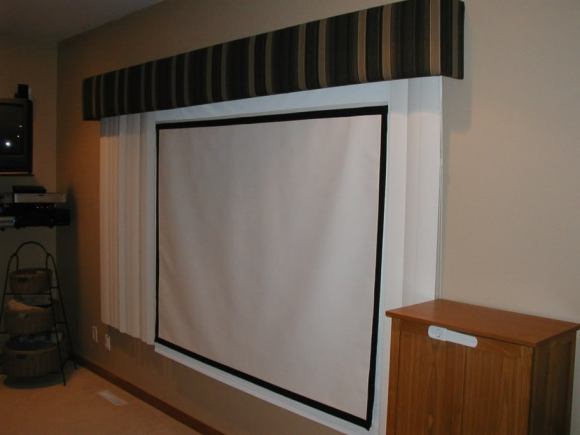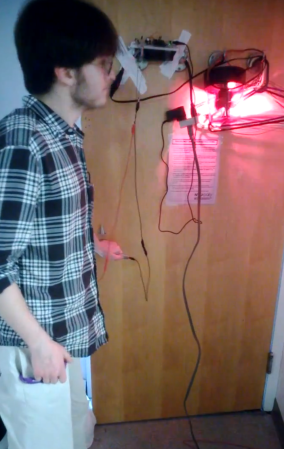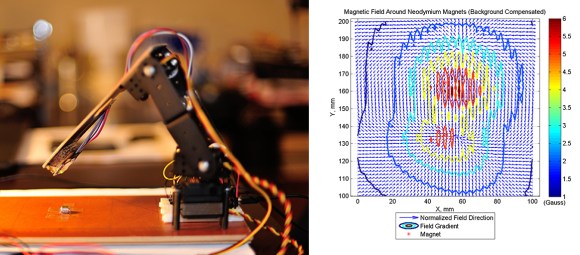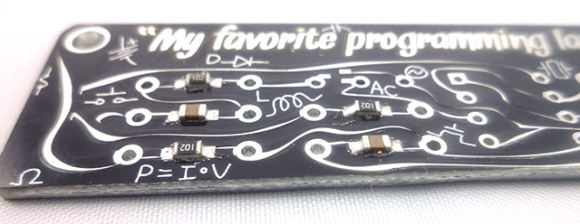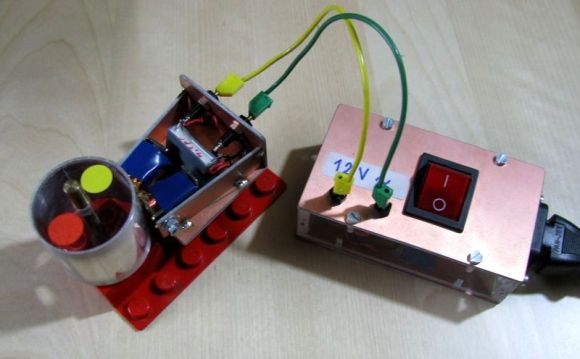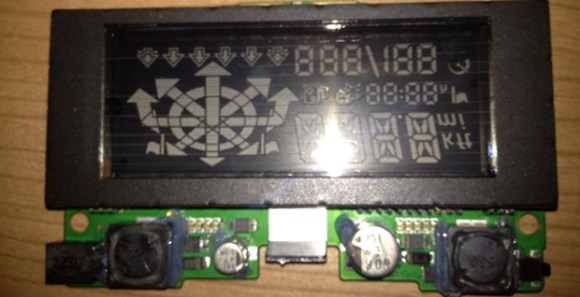
The Garmin HUD is a very neat device, putting all your navigational info, from ETA, what lane you should be in, and distance to your next turn right on your windscreen in a heads-up display. The only problem with the Garmin HUD is that it only works with the official Garmin app, despite being a Bluetooth device. Now, someone is finally digging in to the Garmin HUD protocol, allowing anyone to control this HUD from a cell phone, tablet, or computer.
Being completely unable to disassemble the Navigon app for the HUD, [gabonator] decided the only thing to do would be to open up the device and take a peek at some of the packets travelling between the microcontroller and bluetooth module.
[gabonator] expected human readable ASCII characters, but after looking at the nonsense decoded from his oscilloscope and decoding them manually, he tried simply looking at the display in operation to understand how the protocol worked. He got it all decoded, and managed to get a Sygic Navigation program working with this Garmin HUD. You can check out a video of that below.
Thanks [Kevin] for the tip.
Continue reading “Controlling The Garmin HUD With Bluetooth” →
